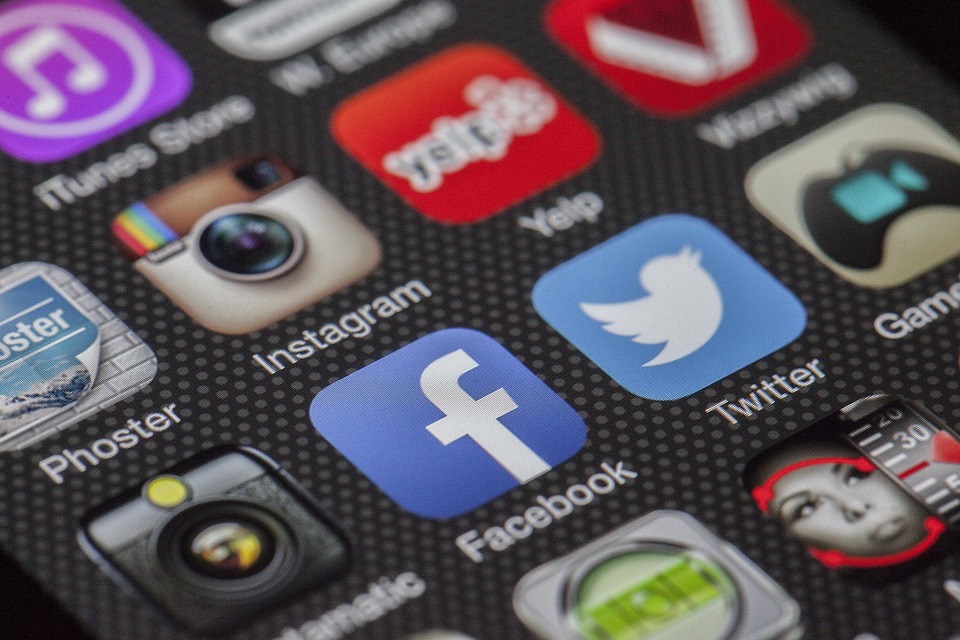Public art has long been a way for cities to show off their cultural vibrancy and engage with their communities. In recent years, however, there has been a noticeable shift in the way that cities are incorporating public art into their urban landscapes. From murals and sculptures to interactive installations and performance art, cities are embracing public art as a way to transform their spaces and create more vibrant, engaging environments for residents and visitors alike.
The Benefits of Public Art
There are numerous benefits to incorporating public art into urban spaces. For one, public art has the potential to beautify and transform otherwise unremarkable areas, turning them into destinations in their own right. Public art also has the power to create a sense of place and identity, helping communities to take pride in their surroundings.
Public art can also serve as a catalyst for economic development, attracting tourists and businesses alike. In addition, public art has been shown to foster social cohesion and community engagement, with art installations becoming gathering points and conversation starters for residents.
How Cities Are Embracing Public Art
Across the globe, cities are finding innovative ways to incorporate public art into their urban landscapes. In some cities, large-scale murals are being commissioned to cover the sides of buildings and bring new life to neglected neighborhoods. In other cities, sculpture gardens and outdoor installations are being used to create interactive, immersive experiences for residents and visitors alike.
In addition, some cities are leveraging technology to create dynamic, interactive public art experiences. From light installations that respond to movement to augmented reality exhibits that can be accessed through smartphones, cities are finding new ways to engage with their communities through public art.
Case Studies: Public Art in Action
One city that has become a hub for public art is Portland, Oregon. Known for its thriving arts scene, Portland has embraced public art as a way to create a more vibrant, engaged urban environment. The city has commissioned numerous large-scale murals, as well as interactive art installations that invite residents to explore and engage with their surroundings.
Another city that has seen the benefits of public art is Melbourne, Australia. Melbourne has become known for its vibrant street art scene, with numerous laneways and alleys covered in colorful, expressive murals. The city has also embraced public art as a way to enliven its public spaces, with sculptures and installations dotting the landscape and creating dynamic, engaging environments for residents and visitors alike.
Conclusion
Public art has the power to transform urban spaces, creating more vibrant, engaged environments for residents and visitors alike. By embracing public art, cities can beautify their surroundings, foster economic development, and create more cohesive, connected communities. As cities continue to find innovative ways to incorporate public art into their urban landscapes, the potential for art to transform our cities and create more dynamic, engaging environments is virtually limitless.
FAQs
What is public art?
Public art encompasses any form of art that is created for and displayed in public spaces. This can include sculptures, murals, installations, and performance art, among other forms.
How does public art benefit cities?
Public art has numerous benefits for cities, including beautifying urban spaces, fostering economic development, creating a sense of place and identity, and fostering social cohesion and community engagement.
How can cities incorporate public art into their urban landscapes?
Cities can incorporate public art into their urban landscapes in a variety of ways, including commissioning large-scale murals, creating sculpture gardens and outdoor installations, and leveraging technology to create dynamic, interactive art experiences.
Why do we need a website about public art?
A website about public art can serve as a hub for information about public art initiatives, installations, and events in cities around the world. This can help to raise awareness of the power of public art and inspire more cities to embrace public art as a way to transform their urban spaces.


